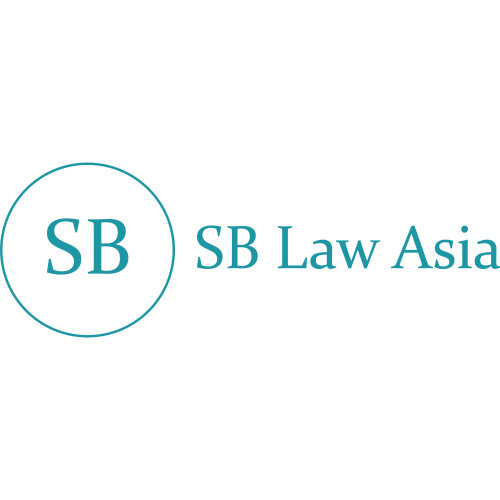According with the Thai Geographical Indications Protection Act, a Geographical Indication means a name, symbol or any other thing which is used for calling or representing a geographical origin and can identify the goods originating from such geographical origin where the quality, reputation or other characteristic of the goods is attributable to the geographical origin.
Based on the definition above of Geographical Indication, it is understood that the Thai Law in line with the international legislations, recognizes that there is a clear link between a local product produced by a particular traditional method and its original place of production, and in consequence, the qualities of that product depend on the geographic location where it has been produced.
In comparison with trademarks, the Geographical Indications protects the national intellectual and cultural heritage of the products obtained from a specific territory. In contrast, a trademark identifies a good or service as originating from a particular company or individual.
Another important differentiating aspect is that a trademark often consists of a fanciful or arbitrary sign, but the name used as a Geographical Indication is usually predetermined by the name of a geographical area. And from a commercial point of view, a trademark is a private right that can be transferred or sold, while a Geographical Indication is a community right that cannot be sold or transferred to other parties.
Nowadays, the Thai government has recognized 151 Geographical Indications of local products spread across 76 Thai provinces, including Mae Sin tangerines from Sukhothai and Khao Hom Mali Din Phu Khao Fai Buriram rice from Buri Ram.
The Thai government aims to add 18 more products to the Thai Geographical Indication list within 2021 to generate more income for the local communities. In this regard, Vuttikrai Leewiraphan, director of the Intellectual Property Department, said the addition of the Geographical Indication certified products will help raise sales from Geographical Indication products to more than 7 billion baht in 2021.
From an international perspective, there are 17 foreign Geographical Indications products registered in Thailand, including wine from the Napa Valley in the US; tequila from Mexico; Scotch whisky from Scotland; champagne from France; Buon Ma Thuot coffee from Vietnam; Kampot pepper and Kampong Speu palm sugar from Cambodia; and Brunello Di Montacino wine from Italy.
An international Geographical Indication applied for protection in Thailand shall have an obvious evidence indicating that it is a Geographical Indication protected under the law of its home country and the protection is continuously valid until its application date for the legal protection in Thailand.
In the other hand, there are six Thai local products with Geographical Indication registrered in foreign countries: Thung Kula Rong Hai hom mali rice, Doi Chaang coffee, Doi Tung coffee and Sangyod Muang Phatthalung rice in the EU, indigenous Isan silk yarn in Vietnam and Lamphun brocade silk in India and Indonesia.
In conclusion the main key benefits of the Geographical Indications for the Thai economy can be summarized in the following three points:
- Make consumers aware of the reputation and qualities of a product in relation to its place of origin.
- An important source of incomes for local communities and manufacturers.
- Avoid the unlawful appropriation or commercial exploitation of products that are native to a particular territory without providing fair financial compensation.
By: Mr. Julio Pingarrón
Founder of Smart Legal Solutions




